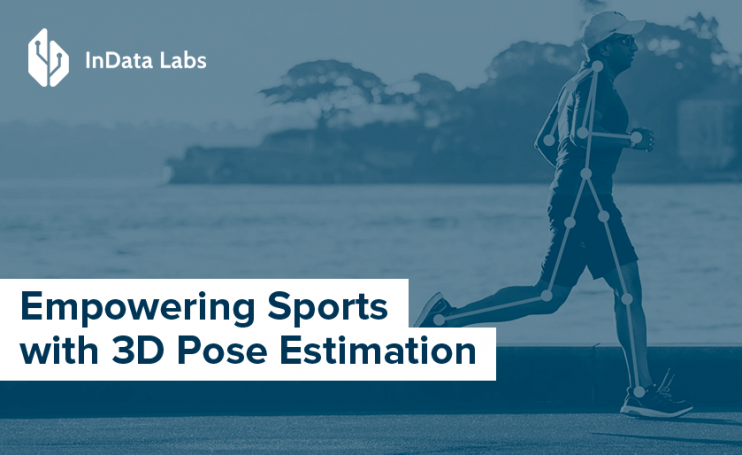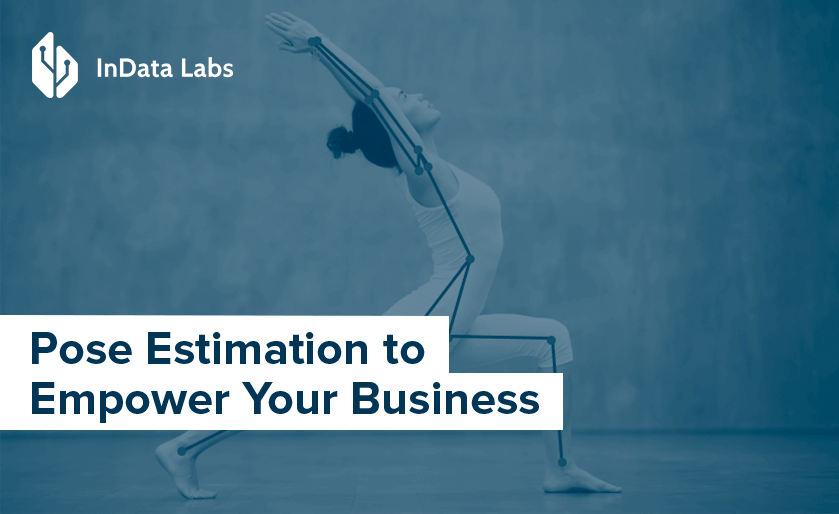Lately, 3D pose estimation has been curving its own section in the computer vision community. The potential of the technology to meet the current market demand and generate profits is enormous. Entertainment and media, surveillance, healthcare, and sports are the top four industries where 3D human pose estimation can shine at. Let’s focus on how this technology is revolutionizing the sports industry today.
Best Use Cases of 3D Pose Estimation Technology in Sports
Injury Prevention During Yoga and Pilates Workouts
Pilates and yoga are gaining momentum, as they meet the growing need for mental rewiring and well-being. These days, many people are turning to virtual classes in Zoom to be on track to the wellness continuum. And it’s safe to say that the hype around yoga started long before the coronavirus outbreak. According to the study made by Yoga Alliance and Yoga Journal reports, the percentage of Americans practicing yoga has increased by 50% to over 36 million as of 2016.
Both pilates and yoga are easy enough to do at home with the help of AI-driven sports apps. 3D pose estimation-based apps can replace human fitness trainers easily. They use the wealth of motion tracking data from millions of data sets to analyze every movement of the user and provide them with detailed live feedback. This type of ‘collaboration’ with a virtual coach helps the yogi prevent injury when doing advanced yoga poses.
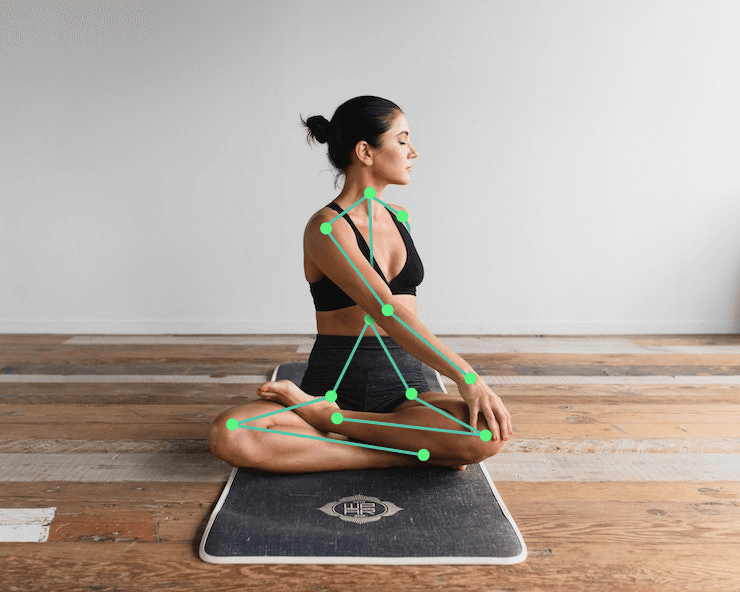
Source: Unsplash
Estimating the Quality of Figure Skating Elements
Pose estimation can be utilized to evaluate the quality of skating elements. The technology application is twofold. First, it provides robust methods for action quality assessments in videos. There are plenty of approaches to make it work. For example, regression models can be trained from various poses to the Code of Points system used to assess figure skating. These tech advancements have the power to help judges understand how well participants perform.
Secondly, the technology can also aid the performers with detailed feedback on how they can advance their jumps, spins, lifts, turns, and other moves. For example, a sportsman can practice upright spins in front of a camera and get an honest grade in real-time. The given feedback encourages sportsmen to polish up their techniques and achieve better results in the future.
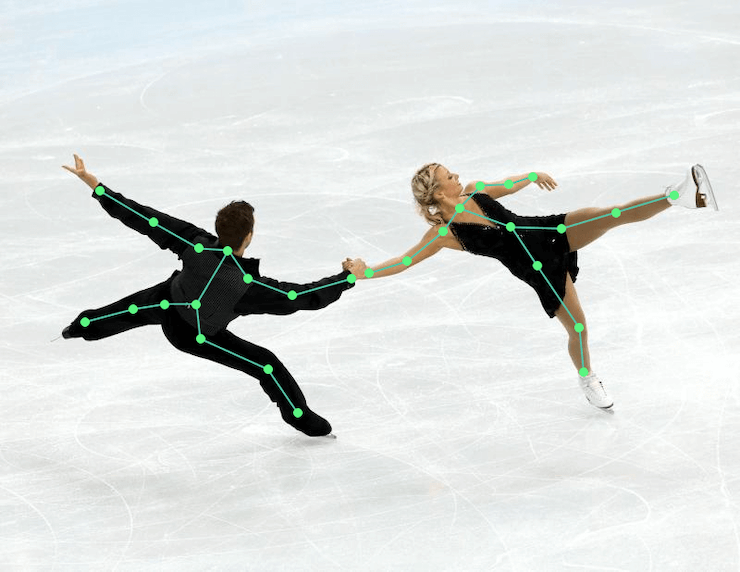
Source: Upi.com
Polishing up Football Kicks
When it comes to the performance field, footballers and coaches want to know what makes a legendary footballer and how to strike the perfect free kicks. And that’s where the technology comes in handy. The technology helps track and estimate various 3D human poses of the player even if the video is motion-blurred and has a bad resolution. Other difficulties like occlusions, bad lighting, highly articulated human body, some parts are hard to detect (when crossing the legs) still can’t worsen the overall estimation.
Scoring a free or onside kick in front of the camera, the football player gets live feedback that helps him make the right moves. Using 3D posture estimation wisely, footballers get a chance to advance their techniques and beat up the competitors.
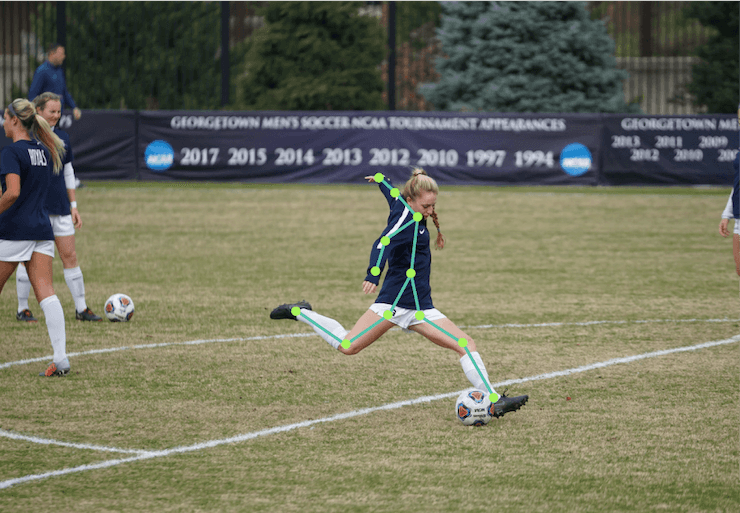
Source: Unsplash
High Jumps Analysis Made Simple
High jumps were invented in Scotland in the early 19th century. Time goes by but it’s still one of the most popular sports in the world. Jump analysis is gaining traction, too. Hundreds of apps using 3D pose estimation and motion capture technology are now flooding the market. They can capture and estimate various types of jumps from the drop and squat jumps to counter-movement jumps.
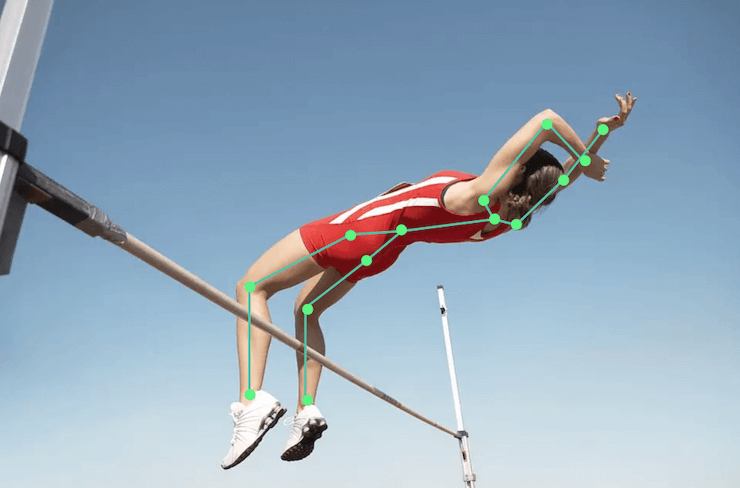
Source: Unsplash
The existing approach enables fast and accurate posture estimation and tracking during jumps sessions. In terms of analysis, the sportsman can benefit from technology in the following ways:
- Coordination check and overall performance diagnosis
- Real-time feedback on the jumping technique
- Injury prevention
- Endurance training
Approaches to the Implementation
Multi-View Pose Estimation
Multi-view pose estimation is a mix of computer vision and deep learning. These days, it is best for leveraging ground truth annotations for 3D pose estimation. Compared to visual-inertial and marker-based motion capture approaches, the multi-view technique comes in first. Since multi-camera setups are now available in most sports or assisted-living apps, multi-view triangulation can be used to directly track human pose in real-time.
There are two approaches to implementing 3D pose estimation – the classic and deep learning-based approach. The classic one uses simpler algorithms and methods like epipolar geometry. Deep learning-based approaches use deep neural networks. One of the promising approaches goes as follows:
To start, triangulation methods in computer vision are used. Then, deep learning comes to the scene to better the current results. Next, the end-to-end network gets trained. To infer a 3D pose from 2D joints’ coordinates, a multi-stage approach is used. To obtain 3D joints’ heatmaps, images from all views are being passed through the backbone convolutional neural network. The maxima positions in the heatmaps are used to infer the 3D pose in 3D pose prior space. Then it is reprojected back to the camera views. Next, it is reevaluated from the maxima heatmap, and the process repeats itself. It enables the correction of the predictions via the real human pose.
Single View 3D Pose Estimation via Deep Learning
Single view 3D pose estimation based on deep learning can be divided into two subcategories. The first category implies using high-quality 2D pose estimation engines with the simultaneous separate lifting of the 2D coordinates to 3D through neural networks. This approach is easier to implement than the second one. It is fast, and can be trained using motion capture data. The second one infers the 3D coordinates right from the images with the help of convolutional neural networks.
Final Thoughts
3D pose estimation is one of the most interesting yet challenging tasks in computer vision. Today, technology offers a myriad of opportunities to cover the growing demand in the sports industry. It helps sportsmen improve their techniques, avoid injury, and train their endurance. And in the future, it can bring a whole lot more to the table.
Start Your Computer Vision Project with InData Labs!
Have a great idea but don’t know how to implement it? Contact us at info@indatalabs.com. We’d be glad to discuss the opportunities for cooperation.
